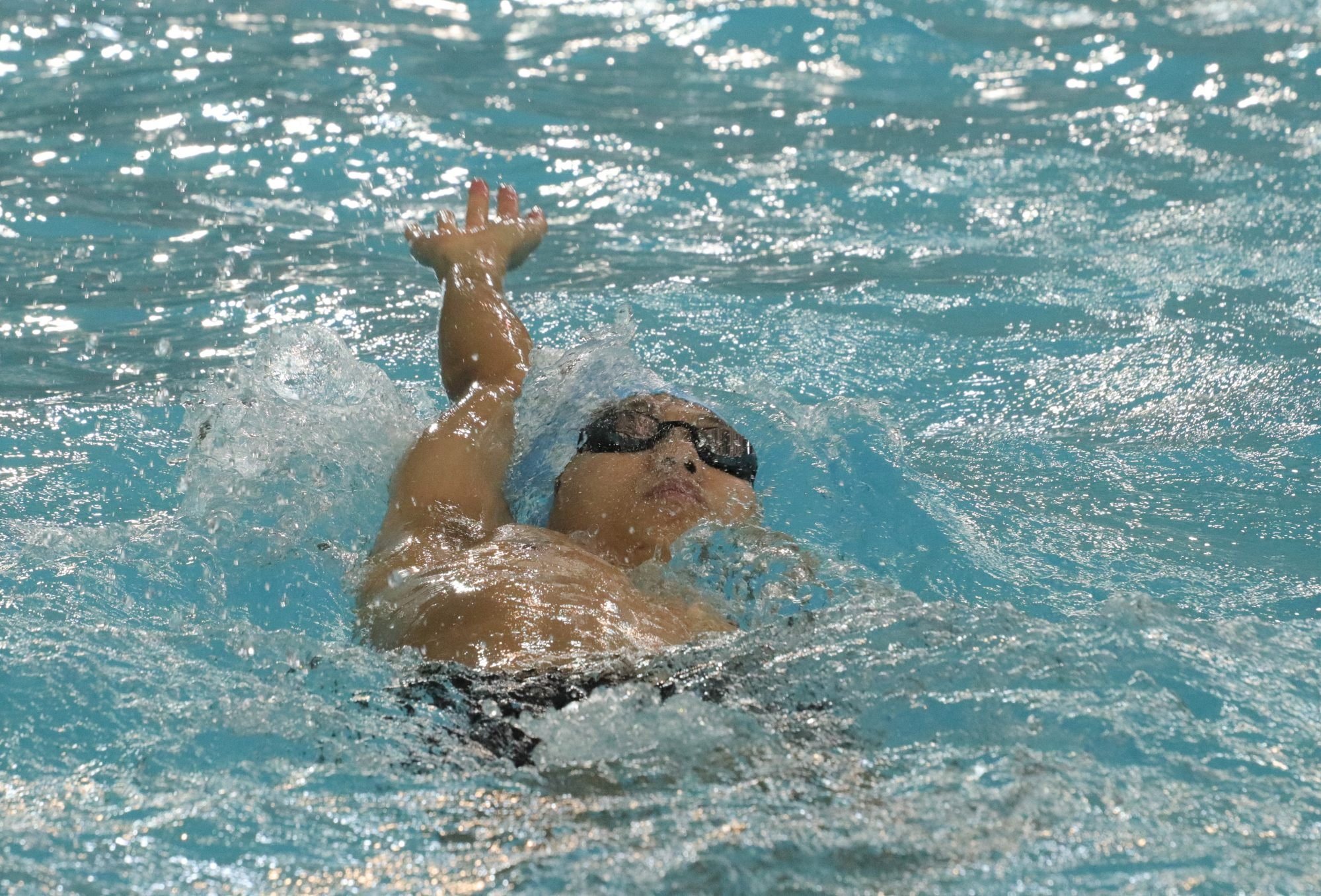
Explainer | Running: training hard but not seeing improvements? Try these 5 steps
- A plateau can be frustrating but there are ways to kick-start the gains again if they have flatlined despite hard training
- Acceptance is key – for all the tricks to improve your training, you cannot improve at a beginner’s rate forever
Seeing improvements is great motivation for any runner. The harder you train, the more you improve. The more you improve, the more motivated you are to train hard. But sooner or later, we all hit a wall.
It can be frustrating to put in the work and not see the results. Your motivation plummets as you wonder what the point is, if you’re not going to improve.
Here are a few ways to stay motivated, or even kick-start the improvements again.

Acceptance
First, accept that plateaus are inevitable. When you first start running, the gains are inevitably big because the room for improvement is big. But when you are fit, the margins are going to be smaller.
So, do not get demotivated because the gains are slim. In fact, revel in the fact that you have got so fit that your body only has so much room for improvement left. Letting go of the expectations that you’ll be on an upwards trajectory forever allows you to enjoy the running, not the results.
Rest
Training is about putting your body under stress so that it breaks down, and then recovering so that it builds up stronger for next time. Many runners are excited about the breaking down part, but neglect the recovery part.
If you have been running a lot and seeing lots of improvements, perhaps it’s time for a rest. Take a couple of days off, or replace a run with a walk. Try cross training, like cycling, swimming or rowing, to stay fit and also rest.
Rest is half the recipe to improve. A few days off and you could come back faster.
Strength training
If you have seen a lot of gains through running alone, perhaps your cardiovascular system is no longer the limiting factor on your performance. Therefore, it’s time to work on your strength, muscular endurance and power. You could be amazed at the improvements in your running once you add just one or two short strength sessions in a week.

Too fast, too often
It will also target and improve your aerobic system. Your body has different systems for different intensities. Make sure you include lots of low-intensity sessions to improve your running. It can feel counterintuitive and even frustrating to plod along, but you have to go slow to go fast.

Change it up
Your body might be in a rut, and your mind could be in a rut, too. Doing the same route or training sessions over and over might be the cause of your plateau.
A happy fit runner goes faster than a fit runner. Make sure you are enjoying yourself and not getting bored. Your mental state will do wonders for your physical state.


